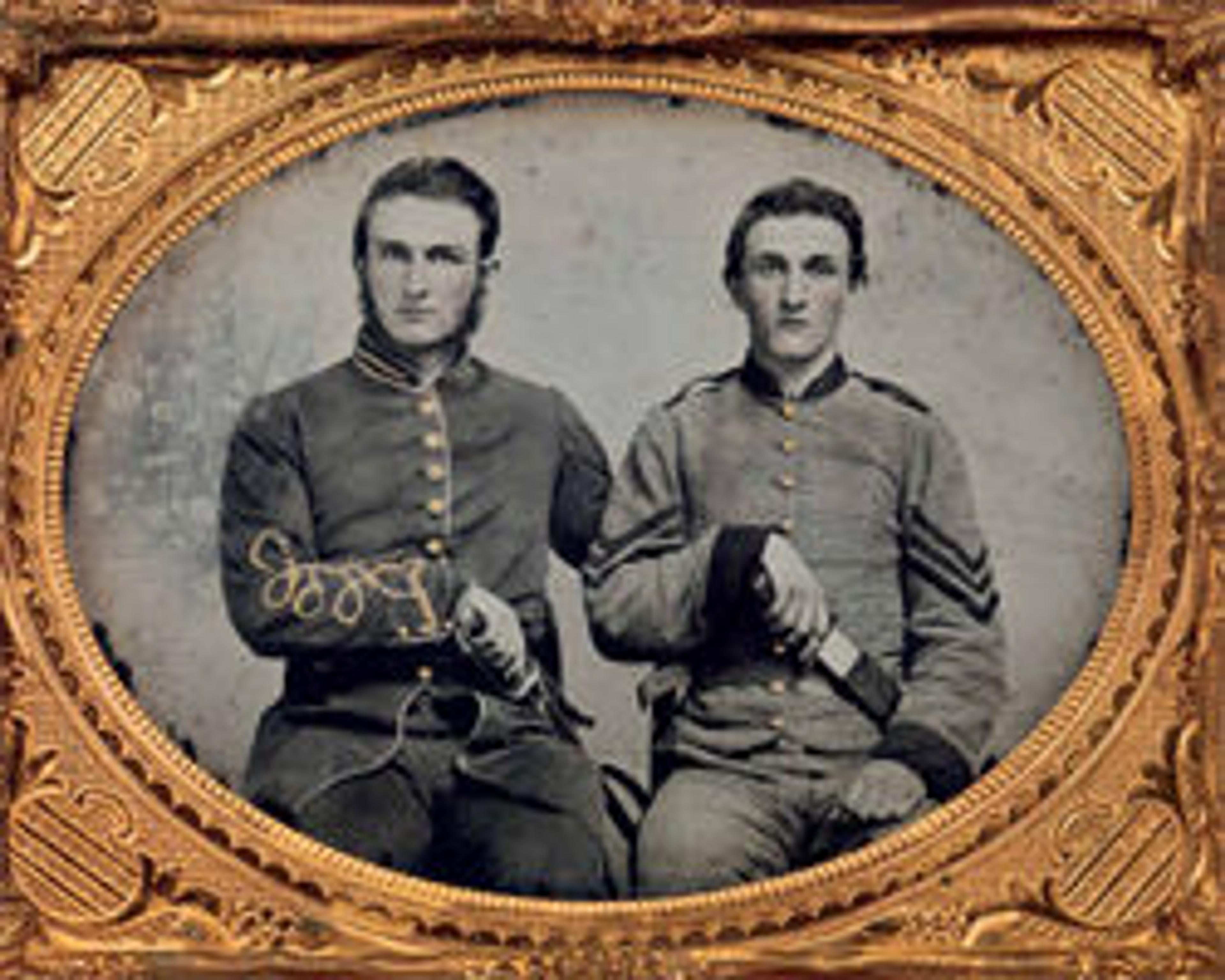Planning the Capture of Booth
Alexander Gardner’s long-term relationship with the federal government and the Army of the Potomac gave him unparalleled access to subjects other photographers could not attain, especially in the days following John Wilkes Booth’s assassination of the president. Here, Secret Service Director Colonel Lafayette Baker sits and studies maps of the area where Booth was believed to be hiding in Maryland or Virginia. The portrait, in wood-engraving form, illustrates a long article published by Harper’s Weekly on May 13, 1865. According to the news story, government agents found Booth in a barn near Port Royal, Virginia, and demanded that he surrender. He refused, and when they warned him that soldiers would set fire to the barn, Booth responded: “Well then, my brave boys, prepare a stretcher for me.” Booth was shot as he attempted to escape the conflagration and died three hours later.
Artwork Details
- Title:Planning the Capture of Booth
- Artist:Alexander Gardner (American, Glasgow, Scotland 1821–1882 Washington, D.C.)
- Date:1865
- Medium:Albumen silver print from glass negative
- Dimensions:Image: 27.1 × 24.5 cm (10 11/16 × 9 5/8 in.)
- Classification:Photographs
- Credit Line:Gilman Collection, Purchase, Ann Tenenbaum and Thomas H. Lee Gift, 2005
- Object Number:2005.100.1223
- Curatorial Department: Photographs
More Artwork
Research Resources
The Met provides unparalleled resources for research and welcomes an international community of students and scholars. The Met's Open Access API is where creators and researchers can connect to the The Met collection. Open Access data and public domain images are available for unrestricted commercial and noncommercial use without permission or fee.
To request images under copyright and other restrictions, please use this Image Request form.
Feedback
We continue to research and examine historical and cultural context for objects in The Met collection. If you have comments or questions about this object record, please contact us using the form below. The Museum looks forward to receiving your comments.
